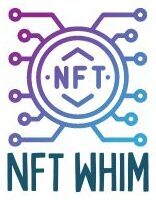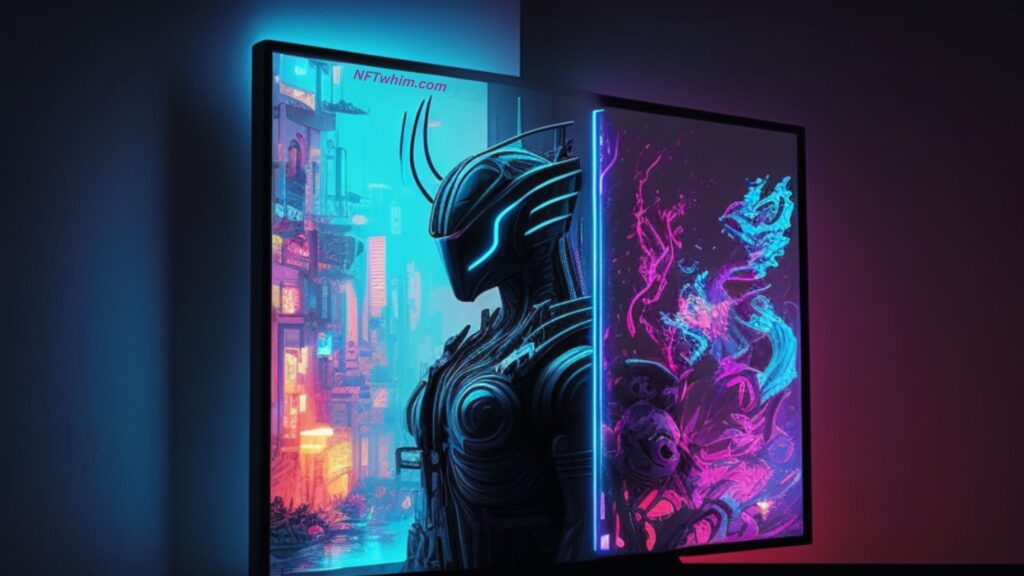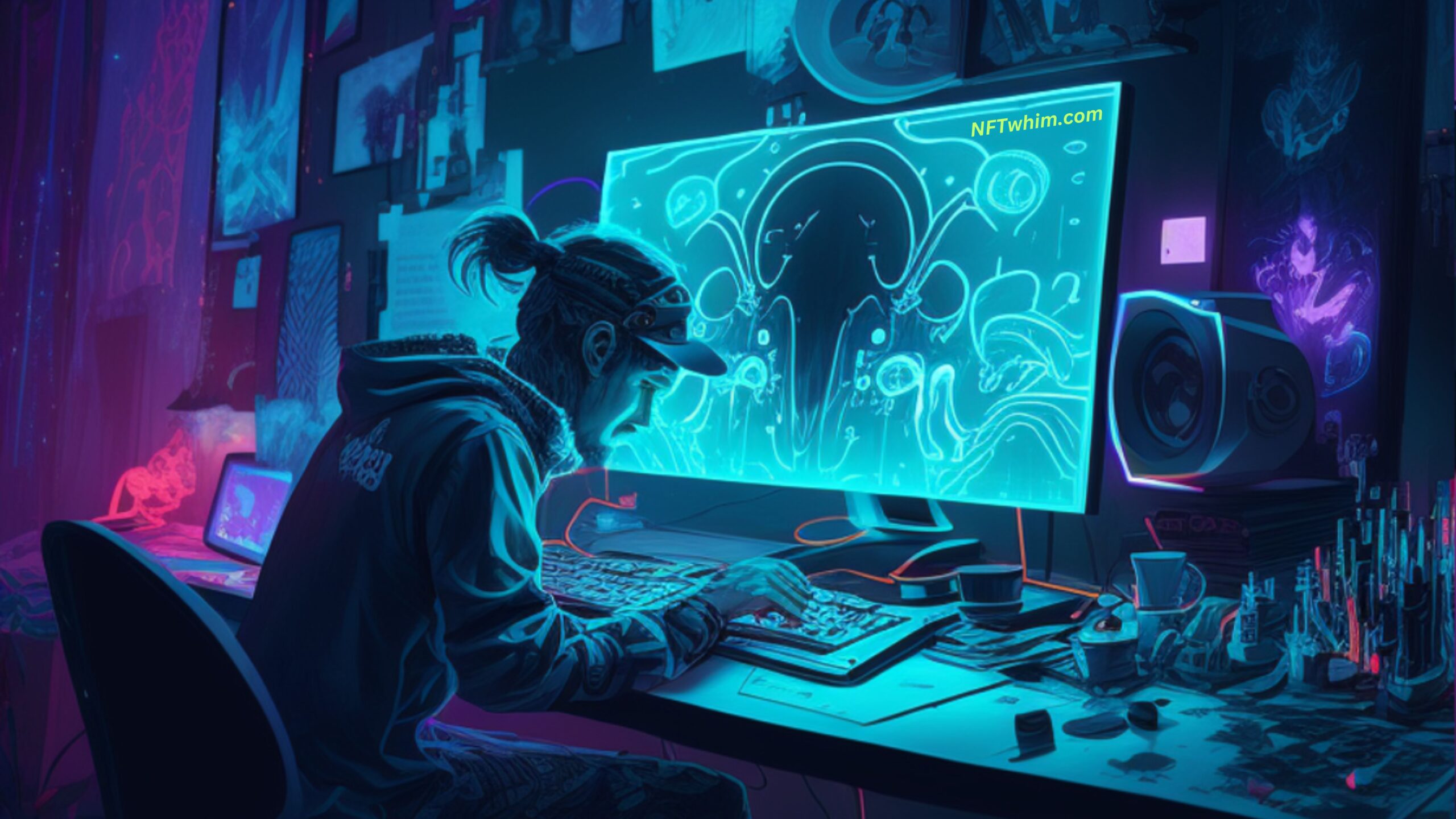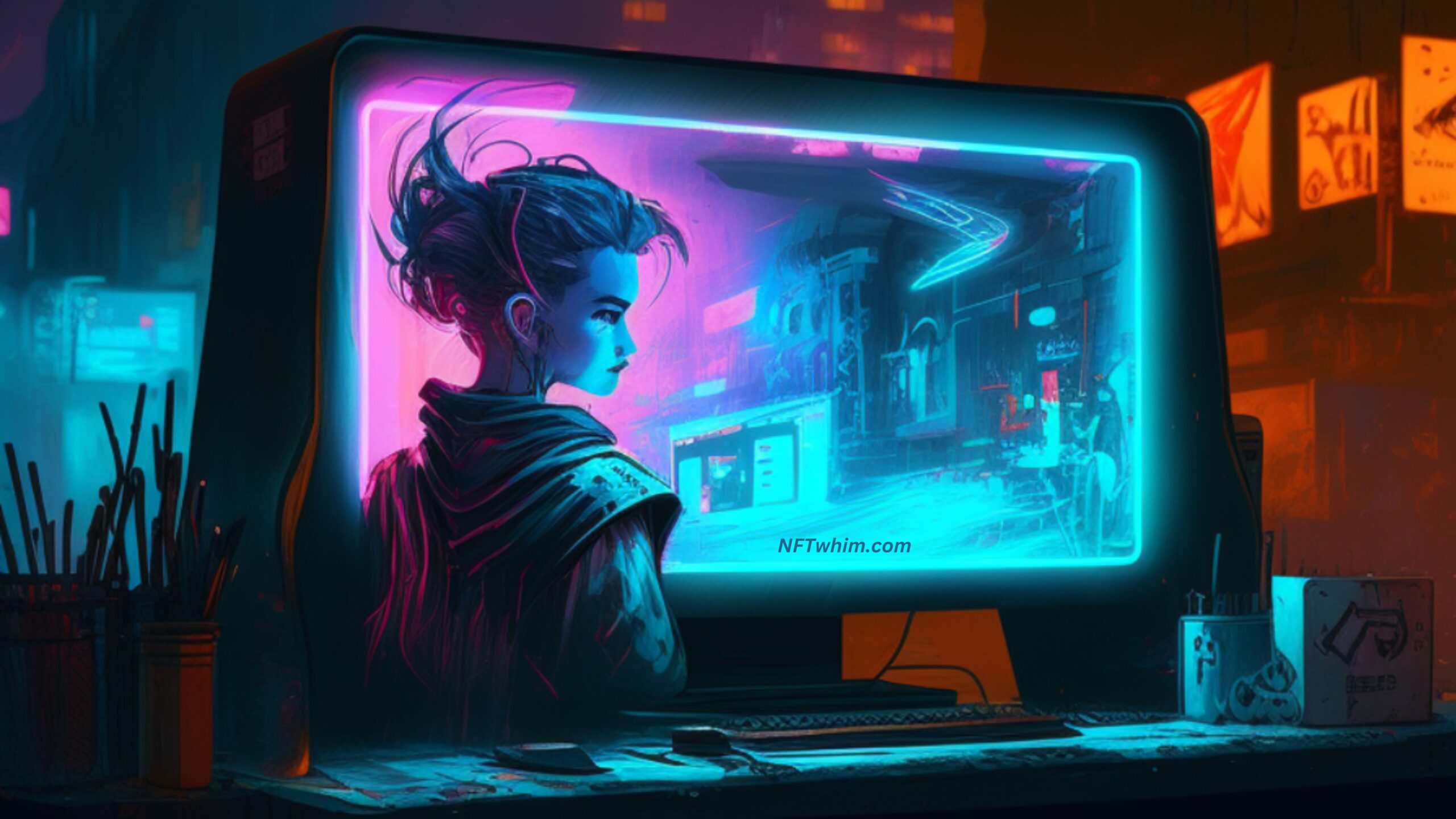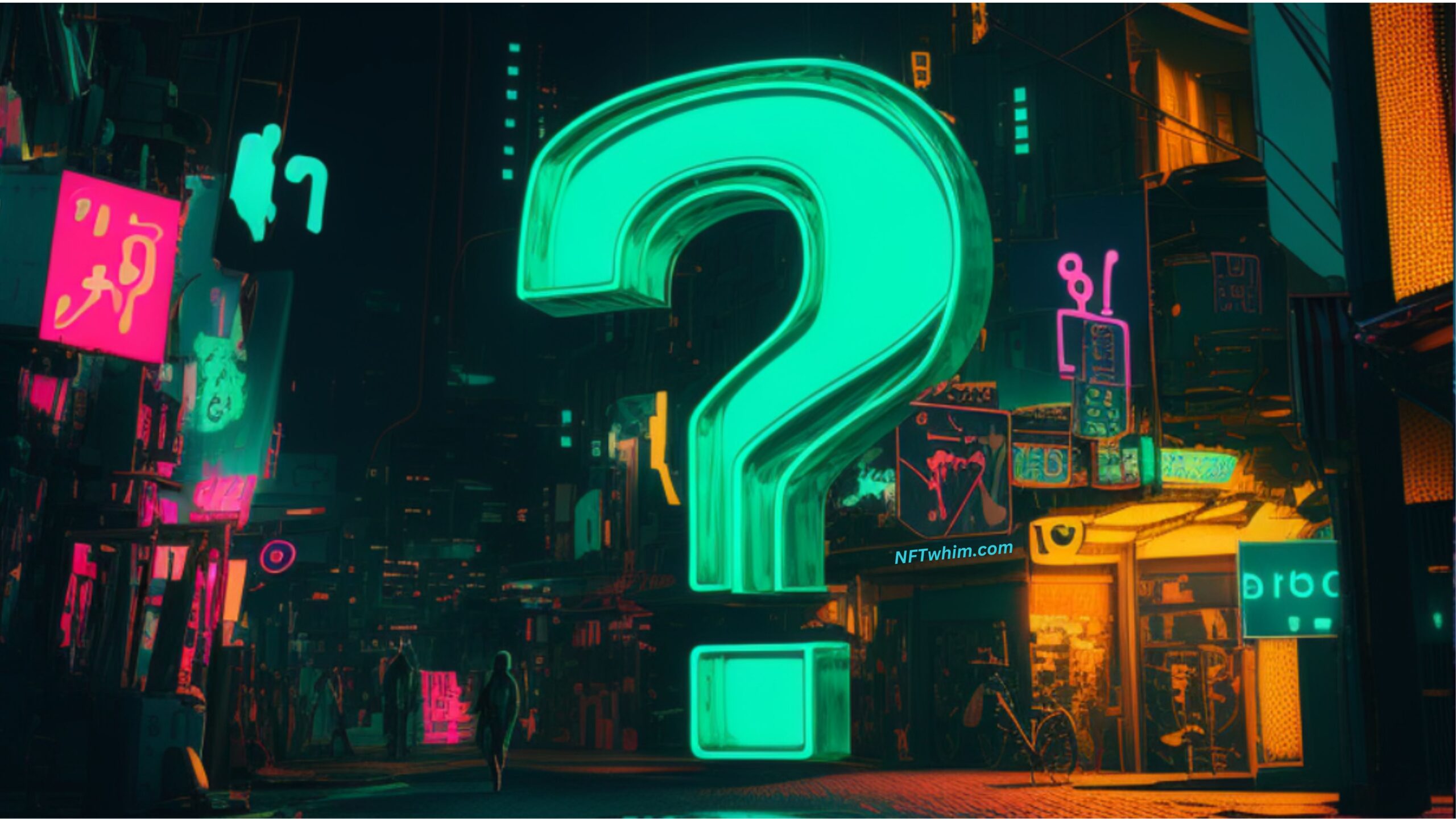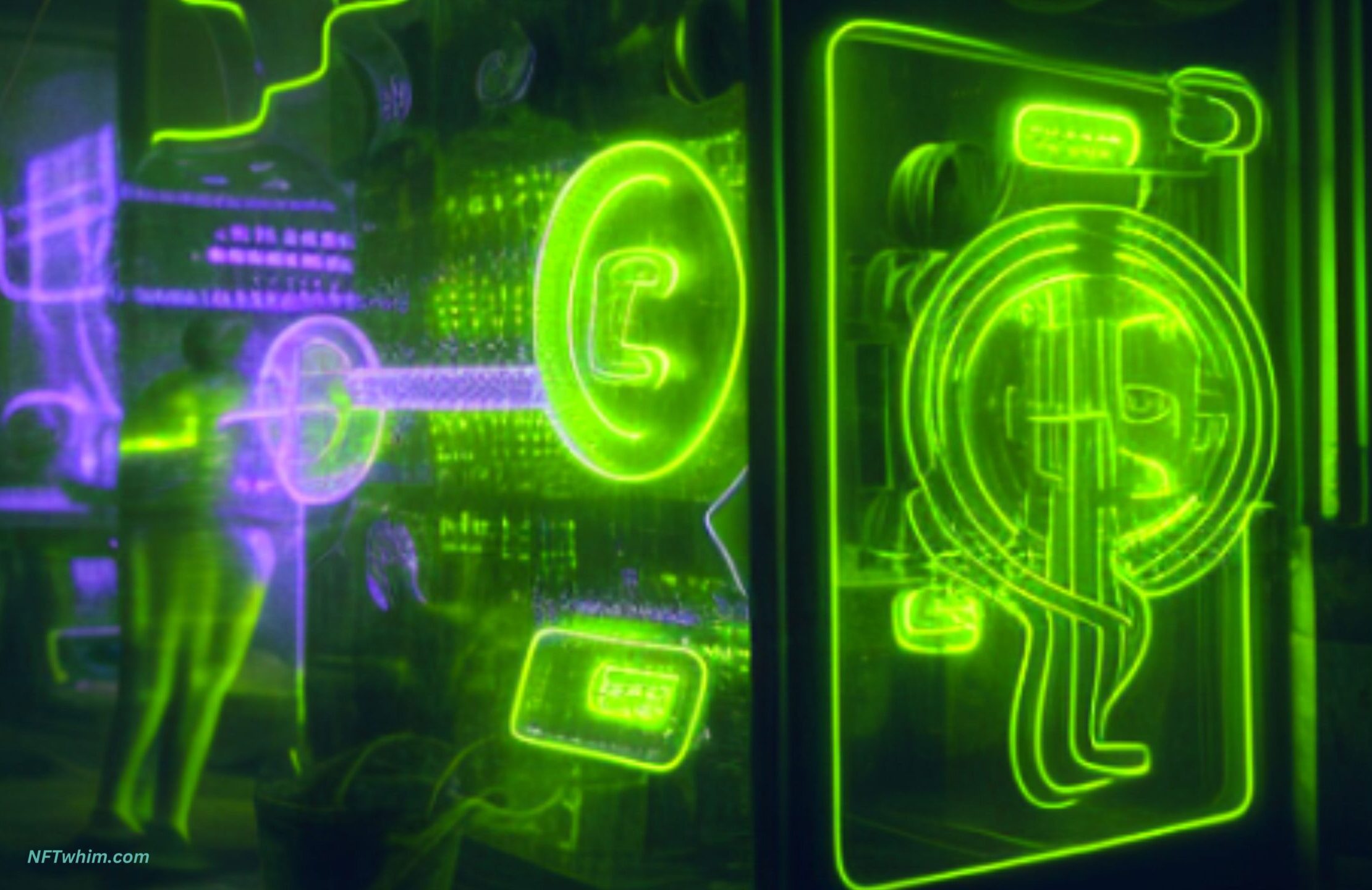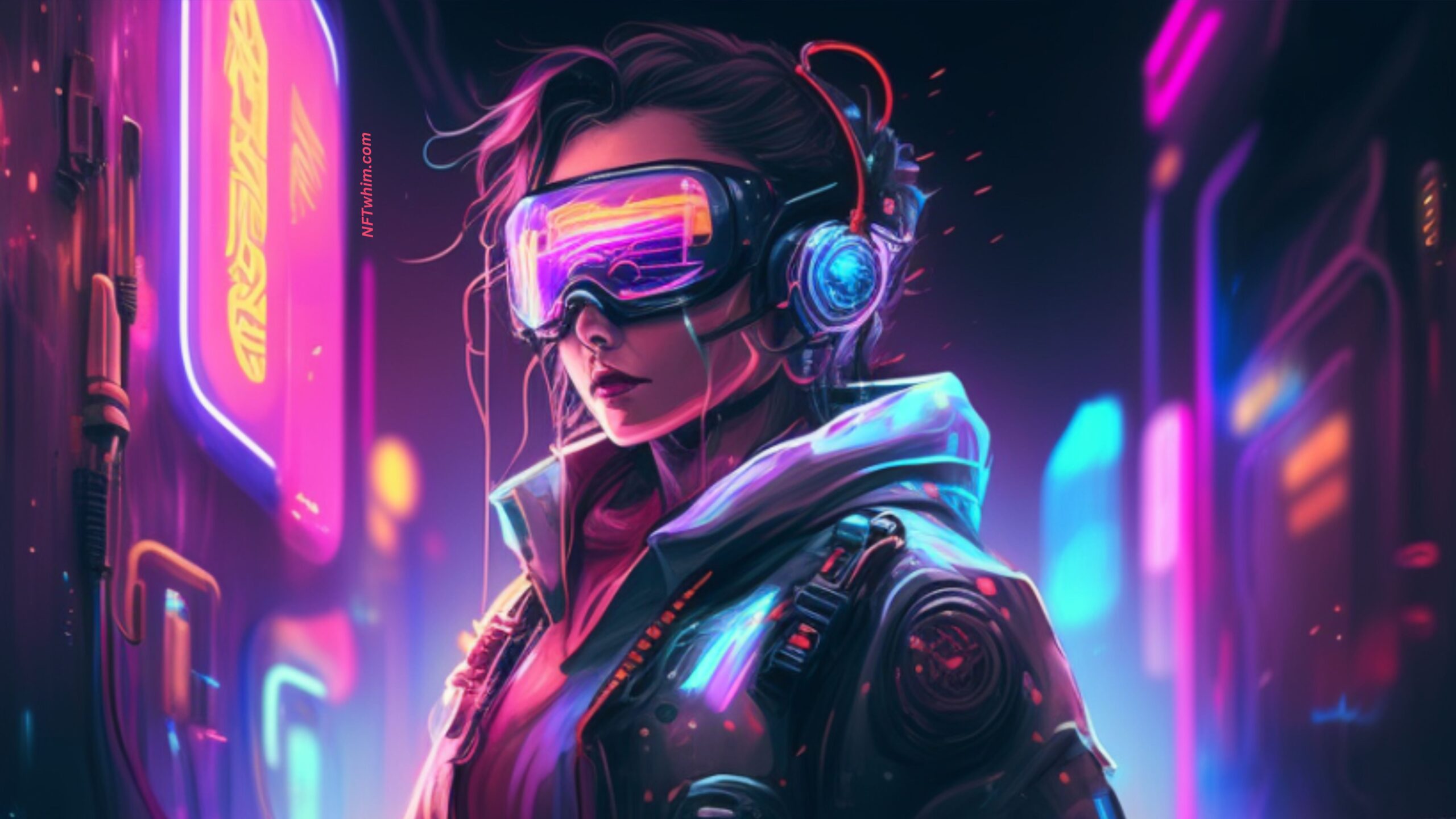Are you planning to create your own NFT but feeling unsure about what pixel size, or image dimensions, it should be? Don’t worry, you’re not alone. This is one of the common questions that new NFT creators ask. The pixel dimensions of your NFT can affect its appearance, quality, and even its value. In this blog post, we’ll take a closer look at what pixel dimensions your NFT should be and why it matters.
What is Pixel Dimensions (Image Size) in NFTs?
First of all, let’s clarify what we mean by pixel (px) size, or image size. When we talk about pixel or “image” size, we’re referring to the dimensions of your NFT file in pixels. The two dimensions of an image are width and height, and they determine how much space your image takes up on a screen.
Other articles that may interest you: NFT file type requirements, and what you need to know about NFT file sizes.
The Perfect Pixel Size for Your NFT? (how to determine)
So, what pixel size should your NFT be? Unfortunately, there’s no one-all round answer to this question. The ideal pixel (or image) dimensions for your NFT will depend on a few factors, including the platform you’re using, the type of NFT you’re creating, and your personal preferences.
By the way, read this article to find out about unusual files for NFTs.
Most NFTs on the Ethereum network have a pixel size of at least 160 px square. However, you can increase the dimensions up to 1080px per square size without having any issues. Keep in mind that with increased dimensions, your file size will go up as well and can hit the upload size limit on the NFT marketplace. For example, Opensea, which is the most widely used NFT marketplaces, has a limit of 100MB file size for your NFT, and several other marketplaces have an upload limit of 50, or even 30MB.
To determine the best size for your NFT, you can also look at some of the most popular and successful NFT projects that are out there. For example, Meebits has a pixel ratio of 1024x1536px, CryptoPunks is 336 px square, and Bored Ape Yacht Club is 631 px square.
While there isn’t a standard pixel size for NFTs, having more pixels doesn’t just mean an increase in size. It also means that your NFT artwork will have more detail and possibly more appeal to others taking interest in your work. However, keep in mind that increased pixel size could mean an increased file size, and most marketplaces have upload limits (as we mentioned earlier) so be sure to check them out before deciding on the scale of your project!

Additional Factors Influencing Ideal NFT Image Dimensions
Now, let’s talk about some of the other factors that can influence the ideal image (or pixel) size for your NFT.
One of these factors is the type of NFT you’re creating. For example, if you’re creating a highly-detailed digital painting, you may want to use a larger image size to capture all the details. On the other hand, if you’re creating a simpler, more minimalist design, a smaller image size may be sufficient.
Your personal preferences are also important. Do you want your NFT to be highly-detailed and eye-catching, or do you prefer a more minimalist style? Do you want your NFT to stand out from the crowd, or do you want it to blend in with other NFTs in your collection? These are all questions to consider when deciding on the ideal pixel (or image) dimensions for your NFT.
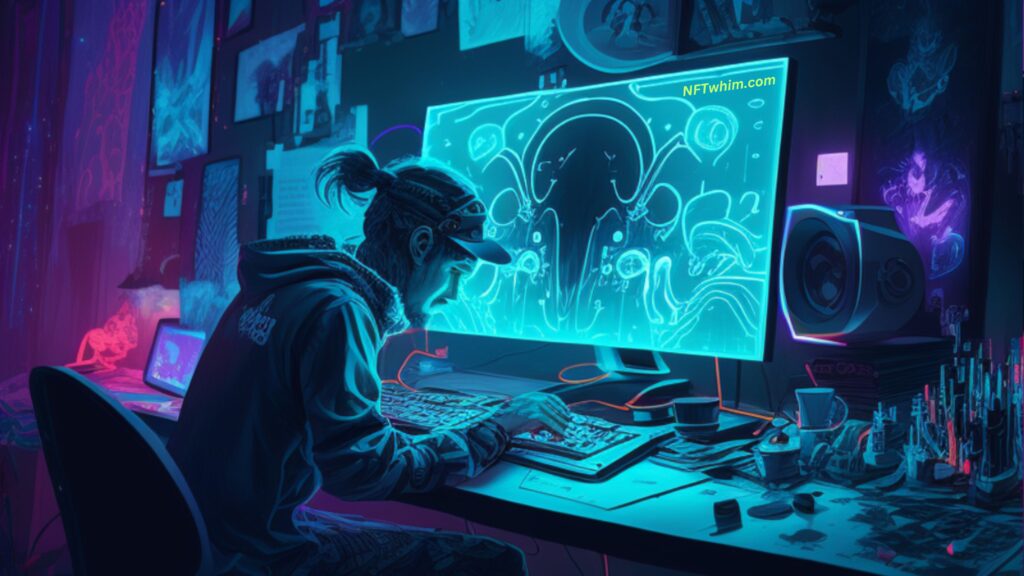
Tips for Optimizing NFT Pixel Dimensions (Image Size)
Finally, let’s talk about some tips for optimizing your NFT’s pixel size, image dimensions, and resolution. One important tip is to avoid scaling up images that are too small. When you scale up an image, you’re essentially stretching the pixels to fit a larger space. This can result in a blurry or even pixelated-looking image. Instead, it’s best to start with an image that captures the essence of your artwork and then work with a graphic designer to resize and optimize it for the blockchain.
Factors you should consider when determining what image size to use for your NFT:
Marketplaces have different image size recommendations
It’s important to note that different NFT marketplaces have different image size recommendations, as we toughed upon above. It’s crucial to familiarize yourself with the specific image size requirements of the marketplace where you plan to sell your NFTs. The marketplaces usually determine their cut-off limits by file size, and larger image dimensions translate to larger file sizes. So make sure you know the cut-off limits before planning your NFT. Failing to comply with these recommendations could result in your artwork being rejected or appearing less appealing to potential buyers.
Larger image sizes do not necessarily mean better quality
Many artists assume that the larger the image size, the better the quality of the artwork. However, this is not necessarily the case. While larger image sizes may provide more detail, they can also increase file size and slow down loading times. This can be a turnoff for potential buyers who want to view and purchase your artwork quickly and easily.
Instead, focus on optimizing your image for the specific marketplace’s requirements while maintaining the overall quality and visual appeal of your artwork. This may involve resizing, cropping, or compressing your image to achieve the desired file size while still maintaining the integrity of your artwork.
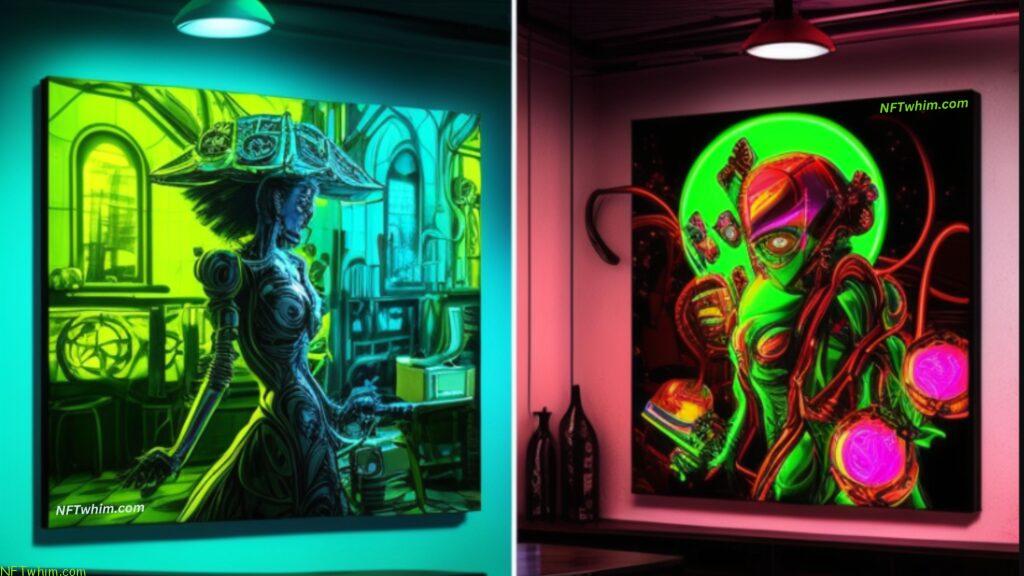
Consider the intended use of your NFT
When determining the appropriate image size for your NFT, it’s essential to consider its intended use. Will your NFT be primarily viewed on a computer screen or a mobile device? Will it be used for display purposes, or will it be printed and displayed in a physical space?
For example, if you plan to sell a series of digital artworks that will primarily be viewed on a computer screen, a smaller image size may be more appropriate. On the other hand, if your NFT will be printed and displayed in a physical space, you may want to consider a larger image size to ensure that the artwork’s details are visible and vibrant.
Test your image on different devices and platforms
Before finalizing your NFT image size, it’s a good idea to test it on different devices and platforms. This will help you ensure that your artwork looks its best across different screens and operating systems.
Consider testing your image on a desktop computer, laptop, tablet, and smartphone to ensure that it looks great on all devices. You may also want to test it on different browsers and operating systems to ensure compatibility.
Work with a professional
Finally, if you’re unsure about the best image size for your NFT or don’t have the technical expertise to optimize your image, consider working with a professional. A graphic designer or digital artist can help you resize, crop, and compress your image to ensure that it meets marketplace requirements while still maintaining the quality and visual appeal of your artwork.
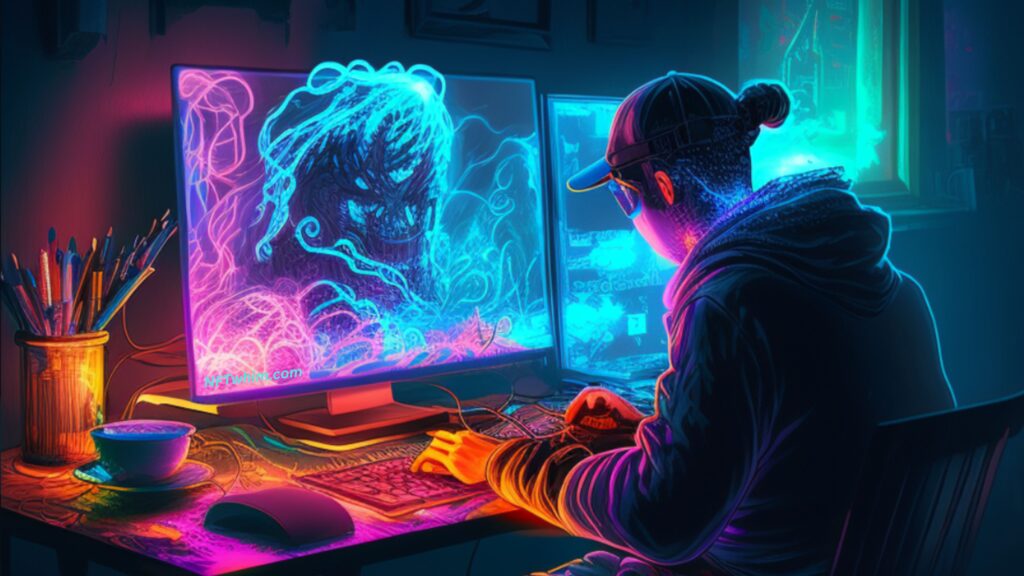
Conclusion
To conclude, when creating NFT art, it’s important to consider the pixel aspect ratio of your artwork, and to determine the best size for your NFT based on the intended outcome of your project, your skill level, and the type of file you’re using. By checking out existing NFTs and marketplace upload limits, you can ensure that your NFT is the proper size and pixel ratio, making it more likely to be successful in the marketplace.
Remember, the goal of an NFT is to showcase your artwork in the best possible light, so don’t be afraid to invest time and resources into ensuring that your image is optimized for the blockchain. With a little bit of planning and effort, you can create an NFT that stands out and generates interest from collectors and investors alike!
Robin
Author: Robin Olsson
Author Bio: I’m Robin and on this website, I share everything I’ve learned since getting into NFTs in 2021. I have a background in research and I’ve been in crypto for several years. You can read more about me here.
